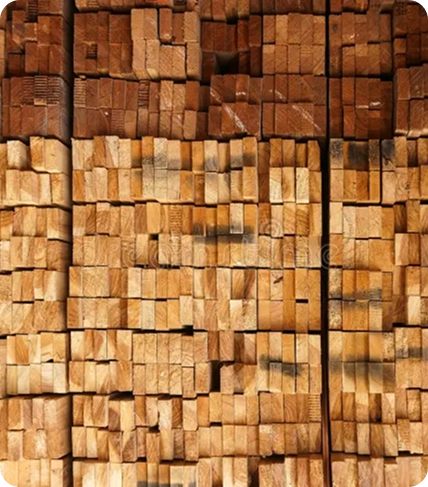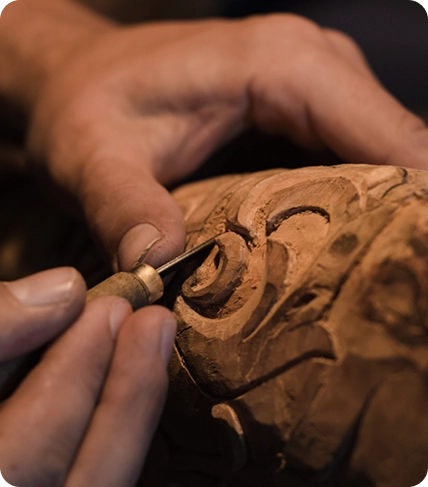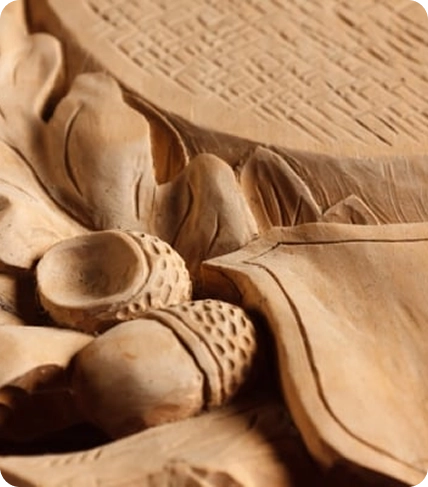The olive wood chalice, a symbol of purity and tradition, evokes the sacredness of Holy Mass. Although it is not associated with a specific saint, the olive wood itself carries a profound biblical and spiritual meaning.
In Christian tradition, the olive tree is a revered tree, mentioned since the Old Testament as a symbol of peace, prosperity, and divine blessing. The dove returned to Noah with an olive branch, announcing the end of the Flood and the beginning of a new covenant between God and humanity. Jesus himself prayed in the Garden of Olives, a place of deep reflection and acceptance of divine will.
Olive wood, with its unique grain and robustness, represents the strength of faith and the resilience of the spirit. Its natural beauty and durability make it an ideal material for sacred objects, capable of withstanding time and transmitting a sense of eternity.
Each olive wood chalice thus becomes a bridge between the earthly and the divine, an object that, while created by human hands, carries within it the echo of a thousand-year history and the promise of timeless grace. Its presence on the altar during Holy Mass is not only functional but also symbolic, recalling the sacredness of the rite and the presence of Christ in the Eucharist.










